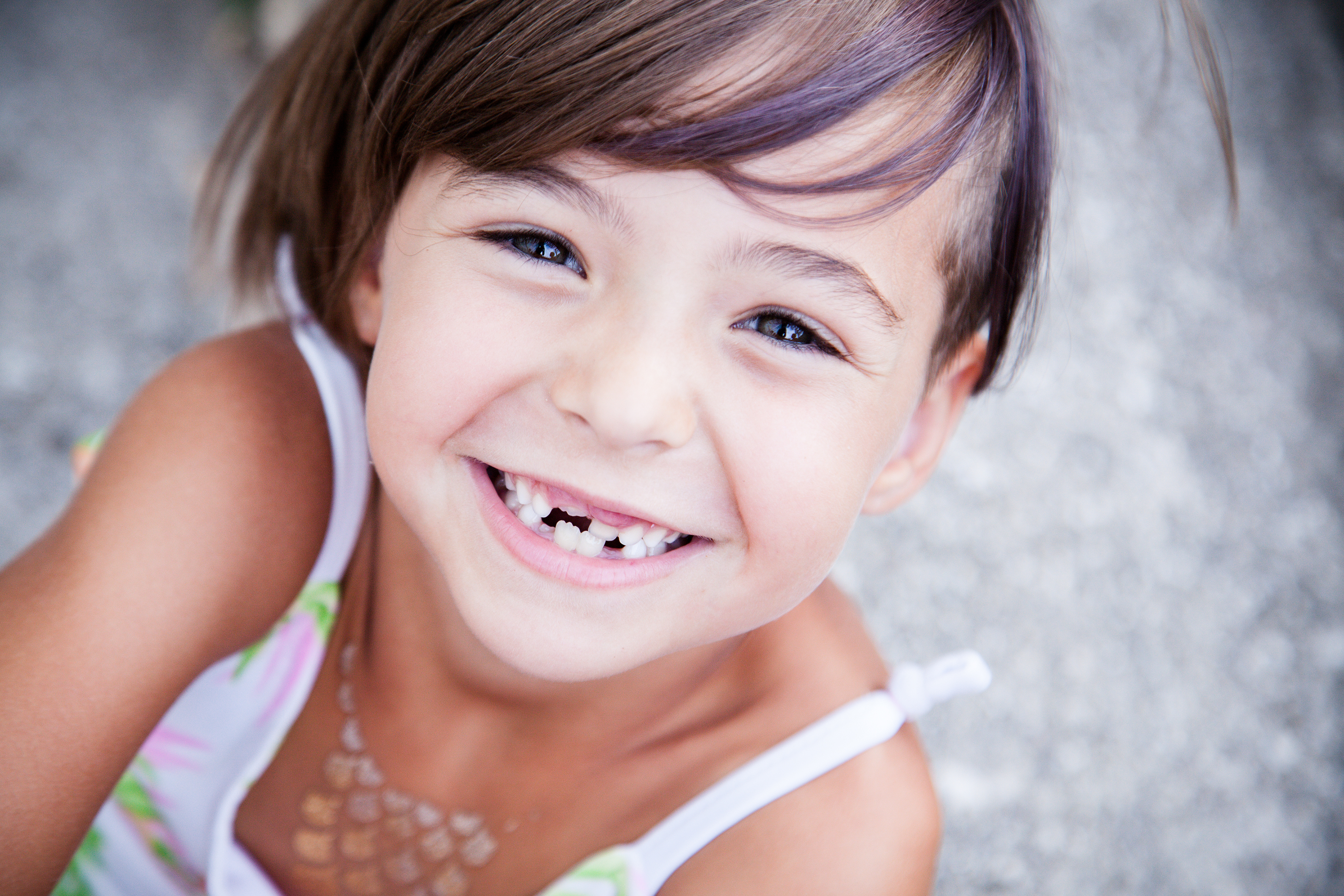When It’s Time to Meet the Tooth Fairy
A little one’s first wiggly tooth is a bittersweet milestone for parents. It’s another sign they’re growing up. But when this happens varies widely.
Babies are born with 20 primary teeth just under their gums. These teeth, like adult chompers, vary in shape, size, and location. Like a football team, their differences all work together for a purpose — to help kids chew comfortably, speak clearly, and smile happily. They also help form and shape the mouth, jaw, and face.
Baby teeth begin to erupt at around 6 months of age and sprout over the next few years. Children start to lose baby teeth as early as age four while others won’t meet the tooth fairy until age seven. On average, most children will begin to lose their primary teeth around age six. But timing isn’t everything. What’s more important is the order in which teeth fall out and are replaced with permanent teeth.
Typically, the first baby teeth to fall out are the two bottom and two top front teeth. These are called the lower and upper central incisors. Usually the lateral incisors, first molars, canines, and second molars follow. Children lose their molars between ages 10 to 12. Adult molars come in around the age of 13. By age 21, all 32 permanent teeth have usually erupted.
If a youngster loses a baby tooth early from decay or an accident, it could create problems for permanent teeth. An adult tooth might drift to the open space, crowding other teeth and causing crookedness. Alert your child’s pediatric dentist if your child loses a tooth for any reason other than a permanent tooth coming in.
Make sure your child continues to brush and floss, and remember to schedule dental checkups twice a year. Regular visits with your pediatric dentist will ensure your child’s teeth are healthy as they transition from baby teeth to permanent choppers.

